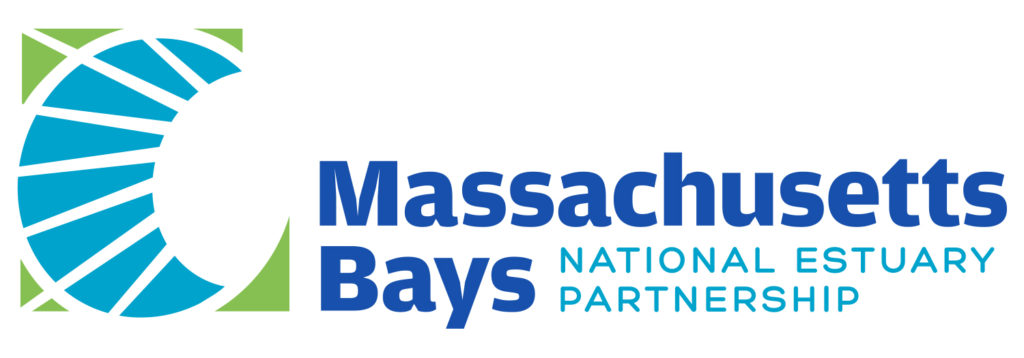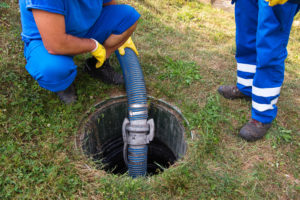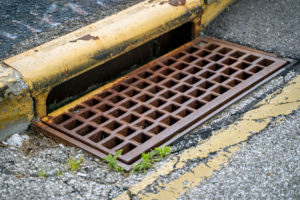We currently have two water quality monitoring programs, although collecting water quality data is also an essential part of our other citizen science projects as well.

RiverWatch
RiverWatch is a volunteer-driven effort that monitors local waters for compliance with both swimming and shellfishing water quality standards. Since 1994, we have monitored bacteria and other water quality indicators like temperature, dissolved oxygen, salinity, and conductivity at ten sites in the North and South Rivers every other week from June through August.
 Since we have started sampling, the percent of bacterial samples that have exceeded the swimming standard each summer has decreased, from 22-24% in the 90s and 2000s to 15% in the 2010s and 2020s. This is due to a reduction in stormwater pollution as well as increased sewering along the South River that reduced wastewater pollution.
Since we have started sampling, the percent of bacterial samples that have exceeded the swimming standard each summer has decreased, from 22-24% in the 90s and 2000s to 15% in the 2010s and 2020s. This is due to a reduction in stormwater pollution as well as increased sewering along the South River that reduced wastewater pollution.
 In 2017 we started testing enterococcus bacteria at all ten RiverWatch sites. In 2022, the geometric mean of all the samples met the swimming standard (35 cfu/100mL) at all sites except the Washington Street Bridge and Willow Street/Keville Footbridge. The geometric mean of fecal coliform did not exceed the shellfish standard at any marine sites except Julian Street, which is outside the conditionally approved shellfishing area.
In 2017 we started testing enterococcus bacteria at all ten RiverWatch sites. In 2022, the geometric mean of all the samples met the swimming standard (35 cfu/100mL) at all sites except the Washington Street Bridge and Willow Street/Keville Footbridge. The geometric mean of fecal coliform did not exceed the shellfish standard at any marine sites except Julian Street, which is outside the conditionally approved shellfishing area.
 Temperature
Temperature
Measuring temperature is a part of almost every monitoring effort we do. We were curious whether we could detect any increases in temperature due to climate change in our RiverWatch temperature record, which is the most reliable and consistent. There were no trends looking at all the data pooled together over time, nor looking at each site’s data for an entire summer over time. However, we did find a significant trend in the August water temperature at the Washington St Bridge site on the North River in Pembroke. and Hanover. We conduct these surveys to track new and existing invasive species that impact intertidal and subtidal ecology by occupying niches belonging to native species. August water temperatures at Washington Street Bridge have increased an average of 0.16°C annually or 2.8°C since 2004.
Current water quality data can be found by using the search bar at the top of our website. Search RiverWatch for the most recent data on water quality.
Download the 2022 Annual Citizen Science Monitoring Report here.
North River Headwaters
We have been funded by MassDEP to use bacterial source tracking to locate potential stormwater and wastewater pollution in the headwaters of the North River, including the Indian Head River, Drinkwater River, and French’s Stream. This project will require both regularly scheduled sampling as well as being on-call for wet weather sampling.
To volunteer for these or any other citizen science efforts, please fill out our citizen science volunteer form.

Thank You to the Norwell Women’s Club for Sponsoring Two Weeks of Water Quality Testing!
Jessica Linder, Membership Committee member from the @norwellwomensclub (second from left) presents a $1,000 check to the NSRWA for water quality testing. Accepting the check are NSRWA staff members; Development Manager Joe Regan, Community Engagement Manager Kezia Bacon, and Fish Habitat and GIS Field Technician Beth Howard. The donation helps to support the RiverWatch Water Quality Monitoring program and will be used to help pay the costs of water sample analysis. Thank you Norwell Women’s Club! If you would like to sponsor a week of testing, contact joe@nsrwa.org.
- 2025 WaterWatch Lecture Series
- Education
- 2024 WaterWatch Lecture Series
- Community Programs
- Estuary Explorers
- River Adventures Camp
- School Programs
- Workshops and Conferences
- Healthy Rivers
- Dam Removals
- Indian Head River Restoration
- South River Restoration
- South River Restoration
- Third Herring Brook Restoration
- Improving Water Quality
- Shellfish Beds
- Streamflow Restoration
- First Herring Brook Restoration




